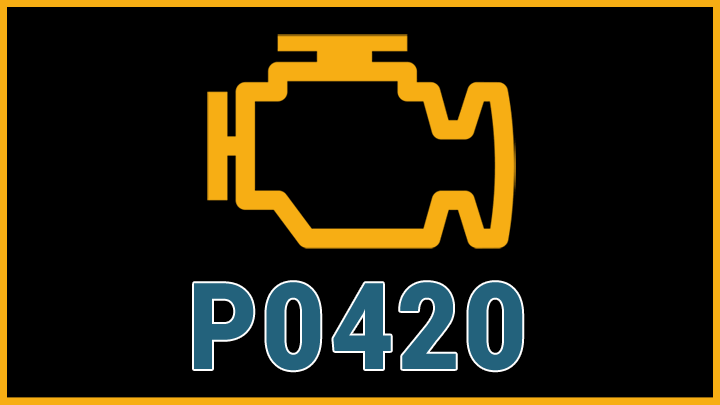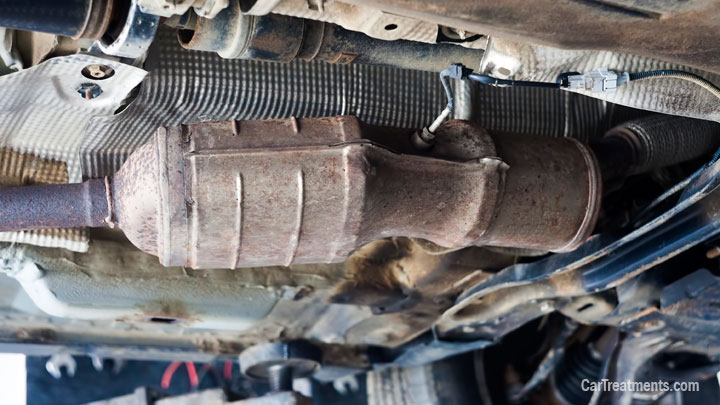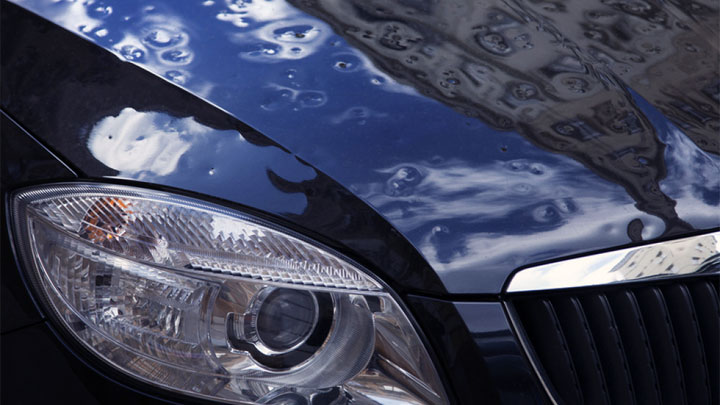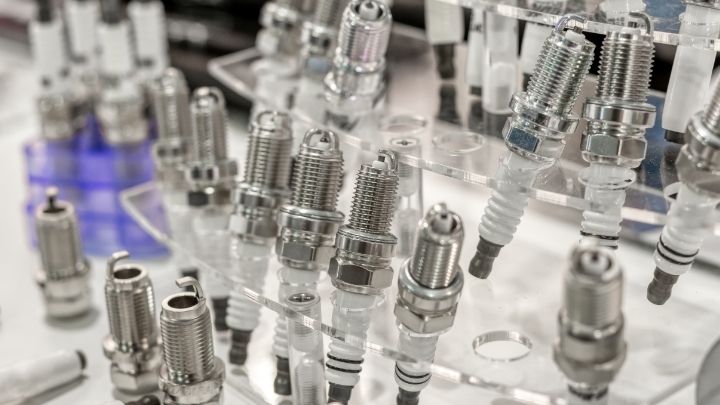Last Updated on October 24, 2022
As cars have developed, so has their impact on the environment. Earlier versions of cars pumped harmful gas in the form of exhaust into the air without regulation.
A vehicle’s catalytic converter fixes that. The catalytic converter’s main job is to take pollutants from the engine’s combustion cycle and turn them into less harmful gases before releasing them. It uses mesh filters made of platinum, palladium, rhodium, and gold to filter exhaust fumes.
The filters keep the toxic exhaust fumes from entering the environment. The catalytic converter’s job is so essential that if this part of the vehicle doesn’t work, you will likely fail an emissions test.
A catalytic converter has two oxygen sensors—the front and back, or upstream and downstream, respectively. Their job is to make sure the catalytic converter is operating at peak efficiency.
When these sensors work properly, they operate in tandem. The front sensor’s readings typically fluctuate, while the back sensor’s readings remain steady. These sensors should never read the same or similar to each other. When they do, they generate the P0420 code.
What Does Code P0420 Mean?
First of all, bank 1 simply means it’s on the side of the engine that houses the #1 cylinder. (Bank 2 would be the side that has the #2 cylinder)
See Also: Bank 1 vs Bank 2 Location
The front and back sensors of a catalytic converter monitor oxygen levels. The front sensor measures the mixture of air and fuel that creates the internal combustion process, which helps power the car.
The front sensor adjusts the air and fuel mixture to make sure it doesn’t run too rich or too lean for the engine. The back measure is a diagnostic O2 sensor. Its only job is measuring the oxygen levels in the catalytic converter.
If the sensors aren’t working correctly, then the catalytic converter likely isn’t, either. When the catalytic converter isn’t working, harmful emissions escape the vehicle into the atmosphere. A damaged catalytic converter also wreaks havoc on other vehicle parts.
Related: Code P0430
Symptoms of Code P0420
Usually, when you have a code P0420, the check engine light will come on, and your vehicle may remain completely drivable. However, these symptoms may also appear:
- Loss of power, even after warming your vehicle up
- Slow acceleration or inability to increase speed over 30-40mph
- Sulfurous smell from the exhaust pipe
- Decreased fuel efficiency
- Misfires, hard shifting, a rough idle, and overall reduced driveability
- Air-fuel mixture imbalance
- Burning motor oil and blue smoke from the exhaust
Causes of Code P0420
Many problems can cause code P0420 to appear during a diagnostic check, which makes it difficult to fix. The most common problem is a faulty or failing catalytic converter. Other causes include:
- Damaged muffler
- Damaged exhaust manifold
- Damaged exhaust pipe
- Engine misfire
- Contaminated oil in the catalytic converter
- Improperly fitted catalytic converter (placed too far behind exhaust pipe)
- Engine coolant temp sensor failure
- Fuel injector with a leak
- Increased fuel pressure
- Rich or lean air-fuel ratio
- Front or rear oxygen sensor issues
- Damaged or improperly connected oxygen sensor wiring
- Using the wrong fuel
Is Code P0420 Serious?
You should resolve any issue that causes your check engine light to turn on as soon as possible, as these problems can have disastrous consequences. Code P0420 primarily causes drivability issues.
While these issues are not life-threatening, they could cause problems on the highway, especially when you find you cannot accelerate. Most drivers won’t realize their vehicle’s catalytic converter has a problem because the drivability issues do not always manifest.
If they do appear, sometimes they aren’t severe enough to impact the way you drive your vehicle. For example, if you typically commute within your hometown and rarely drive on the highway, you are less likely to notice if your vehicle has trouble accelerating.
With that said, catalytic converters are expensive to replace. If you do not solve the problem promptly, the issue could cause extensive and costly damage to other vehicle components.
How to Fix
The catalytic converter usually causes the P0420 code to appear when this part of your vehicle is either failing or faulty. Spending a few dollars on an exhaust system cleaner is a good first step. But even the best catalytic converter cleaner can only do so much.
Nevertheless, run the cleaner through the exhaust system, clear the check engine light using an automotive scan tool, and see if the P0420 code comes back.
Related: 2 Ways to Clean a Clogged Catalytic Converter
Often, the only fix for the problem is to replace the catalytic converter. However, many other issues can arise with a catalytic converter issue. You must also take care of those issues before installing a new catalytic converter, or the damage may worsen.
If your catalytic converter has damage, it will continue to harm other areas of your vehicle. Make sure to get your repair from a business known for their thorough diagnostic checks. Other fixes that you can try include repairing or replacing:
- The muffler
- The manifold
- The exhaust pipe
- Catalytic converter
- The engine coolant temperature sensor
- Oxygen sensors and connections
- Damaged wiring to oxygen
- Leaking fuel injectors
- Misfire issues
While your catalytic converter issue persists, codes other than the P0420 code may pop up. You should address those issues at the same time you take care of the P0420 code. They may offer insight into a more significant, system-wide problem.





Very helpful really. I have one in at the moment with p0420, more to look at than just the cat… Meow….
I have a p0420 code on my 2018 chev equinox lt 1.5 tubrocharge. But mechanic saying it might be my o2 senor but I change and code still come up. Should I just change coverter?
You might try cleaning the catalytic converter first. Check out this article: https://cartreatments.com/how-to-clean-catalytic-converter/
I changed the o2 sensors 2008 Chevy Avalanche. Check engine light comes up every 2 weeks. sometimes a bit of rough idle at 500 RPM other times runs great. Spend $ $ 450.00 at Midas they told me it was operating fine and ran some cleaner through the engine. Light came back less than a week later. computers on cars suck.
It’s probably not the computer. In fact, I would guess the computer is doing a good job of helping you narrow down the problem. I wonder if it’s the catalytic converter. Catalytic converter issues are common root causes of the P0420 code.
P0420 is not often a root cause. Replacing the cat should be the last resort. It’s the symptom of something not right upstream (running rich or lean).